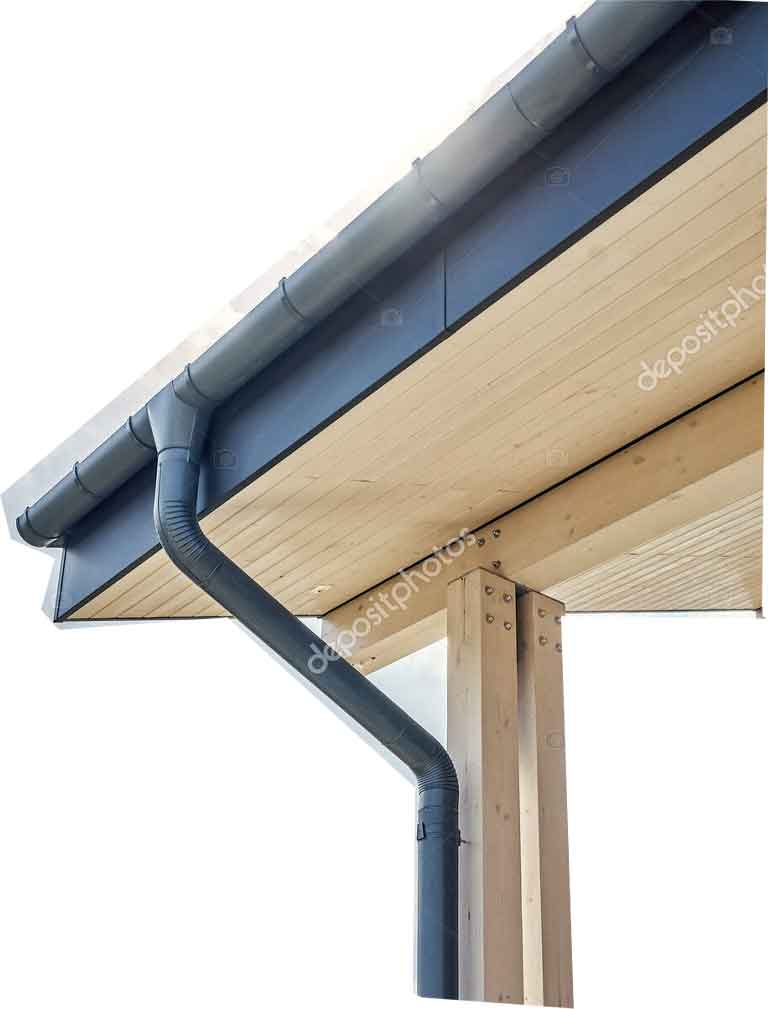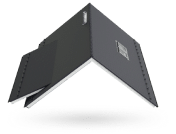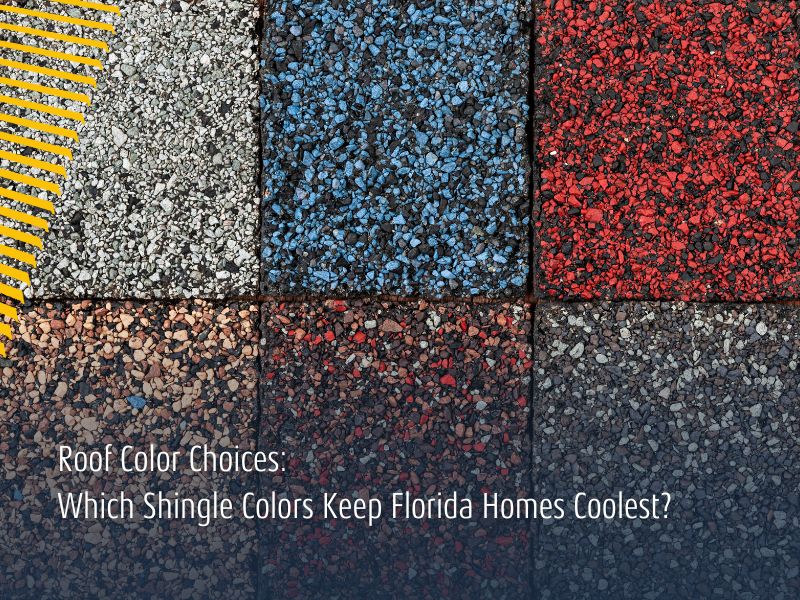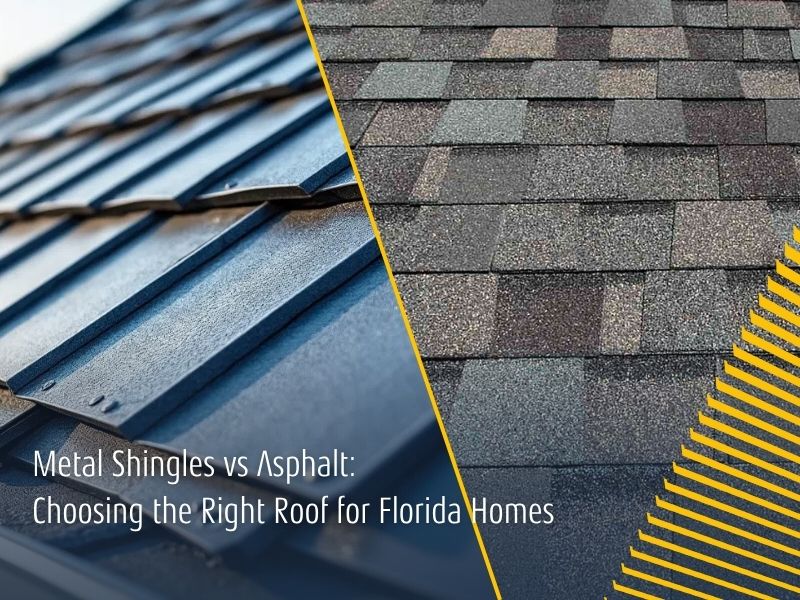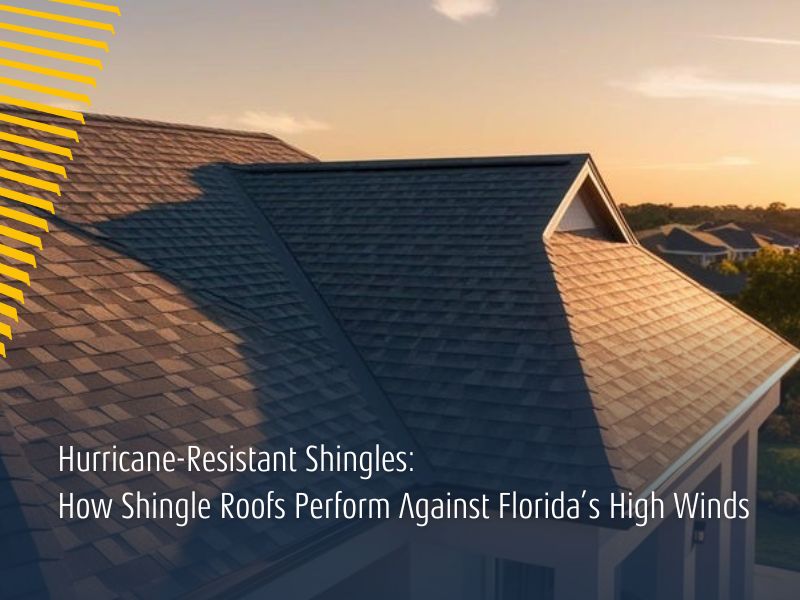To replace a missing roof shingle, start by carefully removing any remaining pieces of the old shingle and the roofing nails holding it in place. Then, slide a matching new shingle into position, align it with surrounding shingles, nail it down securely, and seal the edges with roofing cement or adhesive. This process protects your roof from water infiltration, wind damage, and structural decay.
Replacing a damaged or missing shingle quickly helps prevent leaks and avoids the need for more expensive roof repairs or even a full roof replacement. This guide covers every step, from tools you’ll need to how to do the job safely, plus when to call a professional roofer if the damage is extensive.
What Causes a Shingle to Go Missing?
There are several reasons a shingle on a roof may become dislodged, and most are preventable with proper roof maintenance. The most common culprit is wind damage. High winds can pry up the corners of loose shingles, especially if the roofing adhesive underneath has worn out or wasn’t applied properly. Once lifted, these shingles are easily torn off.
Another major cause is aging. Over time, asphalt shingles dry out, become brittle, and lose their protective granules. An old shingle is much more likely to crack or split, particularly in extreme weather conditions. When that happens, it’s best to remove it and install new shingles rather than patch it temporarily.
Poor installation practices, such as failing to use enough roofing nails or applying insufficient roof cement, can also result in shingles that loosen or blow away. And lastly, wildlife activity and foot traffic during previous roof repair or inspection can physically dislodge a shingle or damage the surrounding shingles.
Making the right decision depends on the complexity of the repair, the age of your shingle roof, and the current roof maintenance history.
How Can You Spot a Missing Shingle?
Catching a missing shingle early can save you from expensive roof repairs. But how do you know when one is gone? Visually, the most obvious sign is a dark or bare patch where a shingle should be. If your roof appears uneven or has a noticeable gap, you may be missing one or more individual shingles. You might also find shingles on top of your driveway, in the yard, or in your gutters, these are signs that some shingles blew off during a storm. Inside the house, early signs of a leak like water stains on the ceiling, damp attic insulation, or dripping during rain could mean a damaged or missing roof shingle. These problems tend to escalate quickly, so spotting them early means you can replace the missing piece before the damaged roof requires a full roof replacement.What Tools and Materials Do You Need?
Before you climb onto the roof to begin the repair process, make sure you have the right tools and materials on hand. Not only does this make the job smoother, but it also keeps you safe and helps ensure the new shingle in place holds up over time. Here’s what you’ll typically need:- Replacement shingle (matching your current asphalt shingles)
- Flat pry bar or shingle remover
- Hammer and roofing nails
- Utility knife
- Roof cement or roofing adhesive
- Caulk gun (for applying sealant)
- Ladder with stabilizer
- Safety harness (recommended for steep or high roofs)
- Gloves and eye protection
How to Safely Get on the Roof
Working on a shingle roof requires more than just bravery, it requires careful planning. First and foremost, never attempt to repair your roof during windy, rainy, or icy conditions. A slippery roof deck can cause serious accidents, especially if you’re not comfortable on the roof. Set up a sturdy extension ladder on even ground. The ladder should extend three feet past the roof edge, and it should be anchored or held in place. A ladder stabilizer adds safety and prevents damage to your gutters. Once you’re on the ladder, use a harness or safety rope anchored securely to the roof structure. Wear shoes with rubber soles for grip, and make sure tools are in a belt or pouch, you’ll need both hands free. If you’re unsure of your balance or the height is intimidating, consider calling a professional roofing service instead. Safety always comes before a DIY repair job.Step-by-Step Guide to Replacing a Missing Shingle
Once you’re up on the roof and ready to go, follow these steps to properly replace the missing shingle. This step-by-step guide will help you avoid common mistakes and ensure your shingle in place holds up against wind and water.Step 1: Remove the Old Shingle Remnants
Use your pry bar to remove the nails and any fragments of the old shingle. Be gentle, you don’t want to damage the adjacent shingles or the roof deck. Pry up any shingles on top that overlap the damaged area. Slide your tool under the shingle, loosen the sealant, and lift carefully.Step 2: Slide in the New Shingle
Once the space is clear, slide your new shingle into place. Line it up with the surrounding shingles so it’s flush and matches the row of shingles above and below. If necessary, trim the shingle to fit using a utility knife.Step 3: Nail It into Place
Use roofing nails to secure the shingle, placing them just under the tar line or adhesive strip. Usually, four nails will do. Make sure not to drive the nails too deep or at an angle, as this can compromise the seal.Step 4: Seal It with Roofing Cement
After the shingle is nailed down, apply roof cement or sealant under the edges of the adjacent shingles that you lifted earlier. Press them back down firmly. This creates a water-tight seal and helps prevent wind from lifting them in the future. If you’re using roofing tar, ensure it’s applied cleanly and only where needed to avoid mess and residue buildup.What to Do When Multiple Shingles Blow Off?
If more than one shingle is missing, especially after a strong storm or hurricane, it could indicate broader shingle damage or underlying issues with your roof. In cases where multiple shingles blew off, you may be facing more than a simple repair job. Start by assessing how many shingles are missing and where. If they’re scattered across the roof, isolated shingle replacement may work. But if a large section of your roof shingle system is compromised, it might be time to consider a roof replacement. When several individual shingles go missing in one area, the roof deck underneath may have been exposed to water, causing soft spots or rot. In these scenarios, temporarily use roofing cement and adhesive to protect exposed areas while planning for a larger roof repair. A professional inspection is highly recommended when the damage is widespread. A roofer can help you determine whether it’s still safe to replace shingles individually or whether it’s best to replace the whole roof.Should You Replace One Shingle or the Whole Roof?
This is one of the most common questions homeowners ask: do you replace the missing shingles, or is it time for a new roof? If your roof is relatively new (under 10 years old) and you’ve only lost a few shingles, there’s no need to panic. Spot shingle replacement is typically sufficient. Just make sure the shingle repair is done properly, matching asphalt, aligning the pattern, and using high-quality roofing materials and sealant. But if you’re seeing signs of widespread shingle damage, such as curling, cracking, or many loose shingles across the roof, it might be time to replace the entire roof. This is especially true if you’ve had repeated roof repairs in the past few years, or if your roof is approaching the end of its typical lifespan. Here’s a quick comparison:| Scenario | Recommended Action |
| 1–3 missing shingles | Replace missing shingles |
| Isolated area with minor cracks | Shingle repair (temporary) |
| Widespread curling and cracks | Consider roof replacement |
| Age over 20 years with regular issues | Replace the entire roof |
| Leak despite past repairs | Inspect for structural damage |
When Should You Call a Professional Roofer?
While replacing a missing shingle can be a doable DIY task, there are times when it’s best to bring in a professional roofing contractor. If you’re dealing with:- More than a few missing shingles
- A leak you can’t trace or stop
- A steep or multi-level roof how high
- Soft spots or signs of rot on the roof deck
- Discoloration, sagging, or major shingle damage



